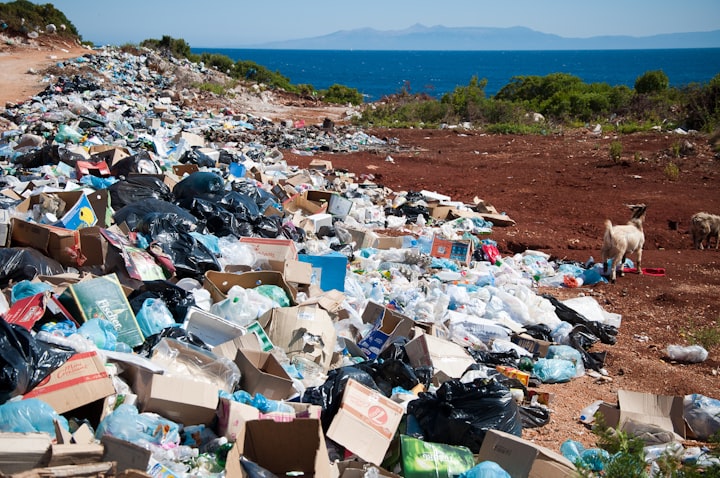Effects of plastics on human health.
Substitution of plastics to prevent effects of plastics in human health.

Humans are exposed to a large variety of toxic chemicals and microplastics through inhalation, ingestion, and direct skin contact, all along the plastic lifecycle. According to WWF (World Wide Fund for Nature), an average person could be ingesting approximately 5 grams of plastic every week. While the health impacts of plastics is still a rather new research area, scientific results to-date do indicate plastic causes diseases, disability and premature death at very stage of its life cycle. The toxic chemical additives and pollutants found in plastics threaten human health on a global scale. Scientifically-proven health effects include causing cancer or changing hormone activity (known as endocrine disruption), which can lead to reproductive, growth, and cognitive impairment. Many of the toxic chemical additives have several other known health impacts, persist in the environment, and bioaccumulate in exposed organisms. Research also revealed that microplastics can harm our health, and act as vessels for pathogens to enter our system, increasing the spread of diseases.
Health impacts are also observed all along the plastic value chain. Examples include pollution at extraction sites, workers exposure to chemicals, air pollution from waste incineration, and water and soil contamination. Vulnerable groups, including children, women, workers in the informal waste sector and marginalized communities are particularly exposed, thus raising concerns of human rights and environmental injustice. The adverse effects of plastic are particularly acute children in the womb and young ones, with increased risks of prematurity, stillbirth, birth defects of the reproductive organs, neurodevelopmental impairment, impaired lung growth, and childhood cancer. Finally, plastics contribute to the numerous health risks associated with warming temperatures and extreme weather events due to climate change. The effects of plastic production on human health also have important monetary costs, recently estimated to more than $250 billion in 2015 globally and more than $920 billions in the USA alone for diseases and disability caused by the plastic-associated chemical.
The best way to reduce these effects is to replace the use of plastics with alternatives that have less or no effect. Unlike traditional plastic, bioplastics are typically made from renewable sources such as plants, starches, and sugars. One of the most advanced bioplastic materials is called PHA (Polyhydroxyalkanoates). It’s an excellent alternative to traditional fossil fuel-based plastic because it offers a completely compostable solution, biodegradable in all types of natural environments. Products made of PHA will completely decompose without any special treatment, which is crucial for preventing single-use plastic pollution. For example, single-use straws made of traditional plastics can take up to 200 years to degrade on land or in the ocean. However, single-use straws made of PHA will degrade in just 90 days when buried in soil and 180 days in the ocean. Other alternatives are the use of Paper bags which are 100% biodegradable, cotton bag, jute bags, compostable bags and many more other degradable options.
The National Action Plan on Plastic Waste Management is prepared based on a preventative approach and using 3R (Reduce, Reuse and Recycle) related waste hierarchy. This approach is in line with the national policies of the government based on the policy statement, “Vistas of Prosperity”, as well as the view (as stated in “Sustainable Environmental Policy”) that “The linear economy in which manufacturers produce goods using the existing raw materials and dispose of waste into the environment will be replaced with the circular economy in which waste in one industry can be used as raw material in another (Re-Use, Recycle, Re-Purpose). This will create eco-industrial zones and pave the way for a green economy”.
The approach as discussed in this report also conforms to the National Policy on Waste Management and the National Policy on Sustainable Consumption and Production Policy. It is important to prioritize the 3R approach and work towards Zero Landfill. A key activity of the plan is to facilitate collection of segregated plastic waste and recycling of plastic waste as a profitable business to produce quality raw material for the plastic industry.
About the Creator
Naomi Kihawa
story writer and content creator






Comments
There are no comments for this story
Be the first to respond and start the conversation.